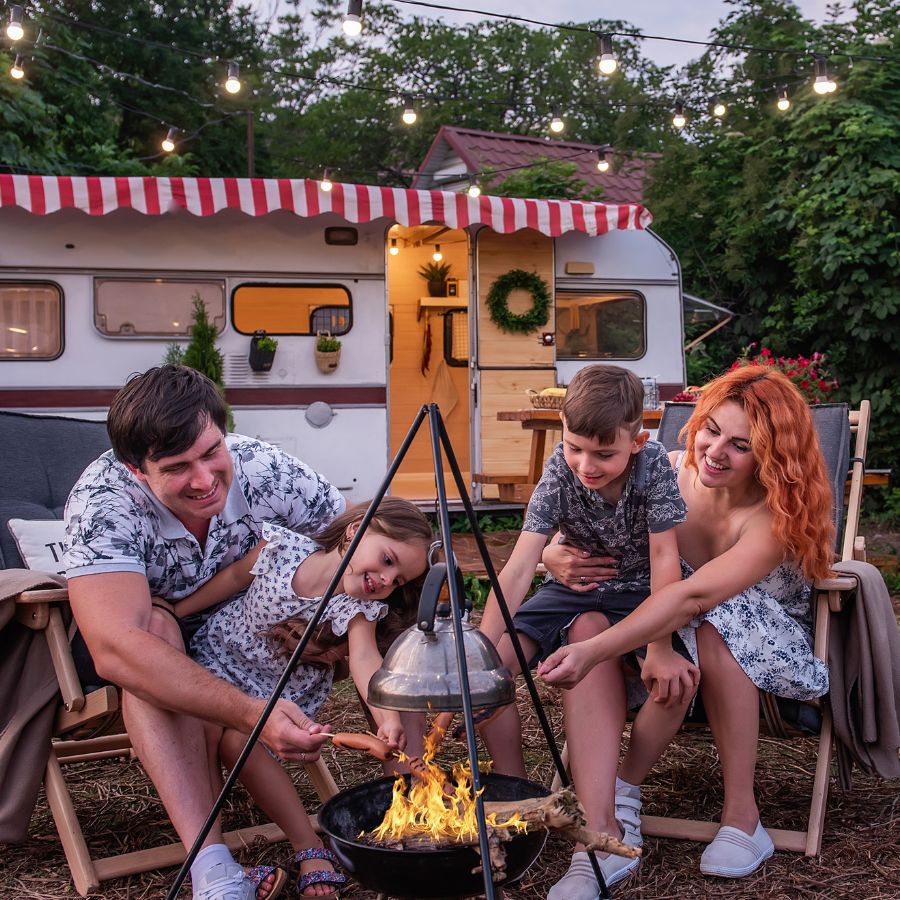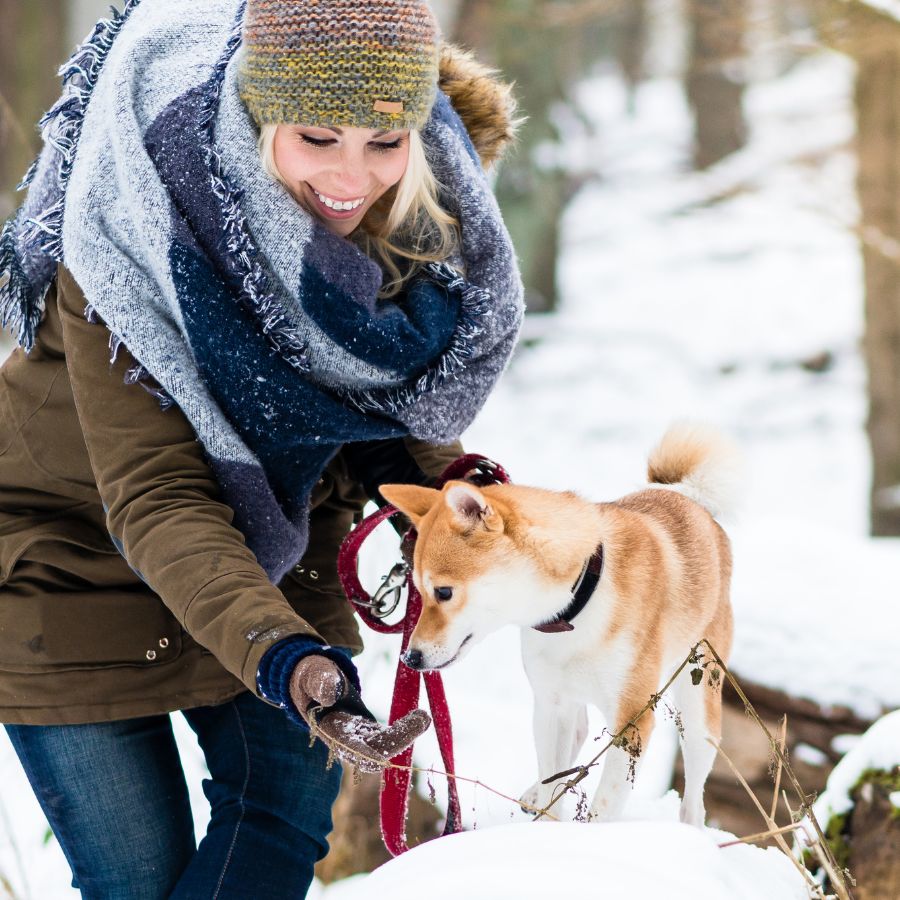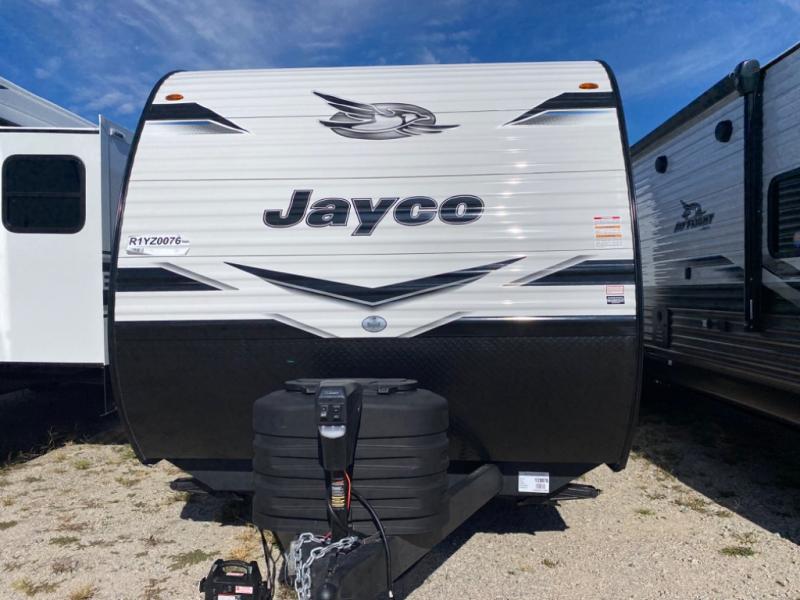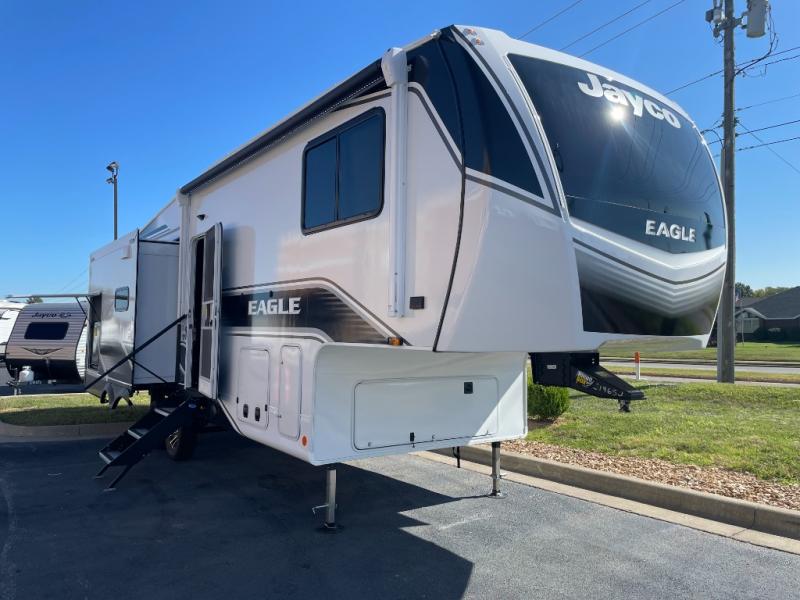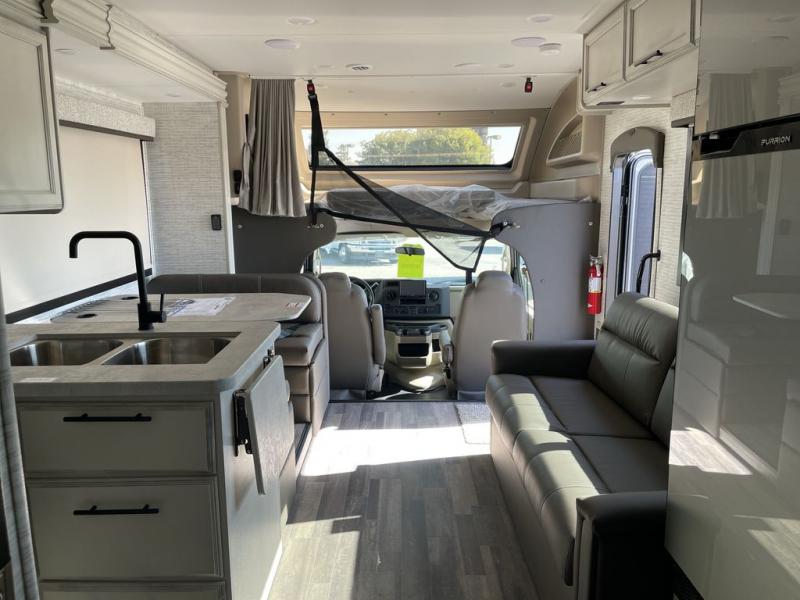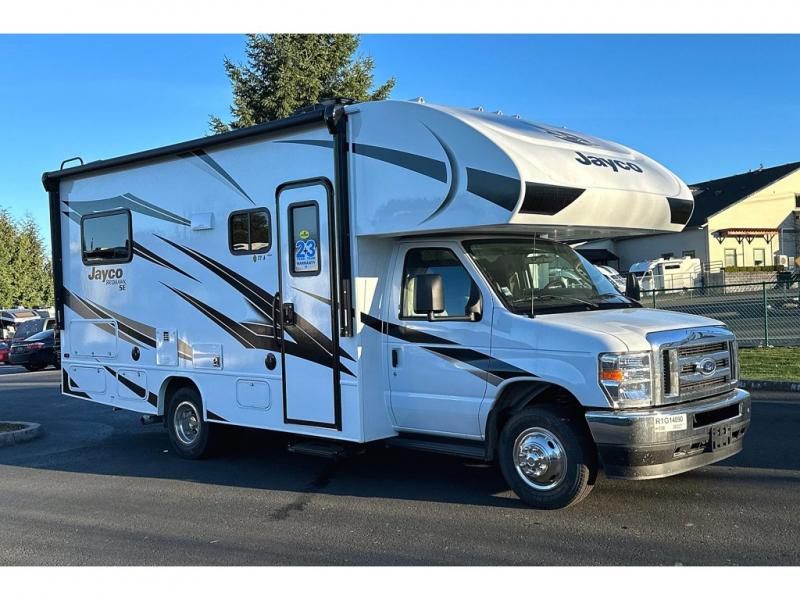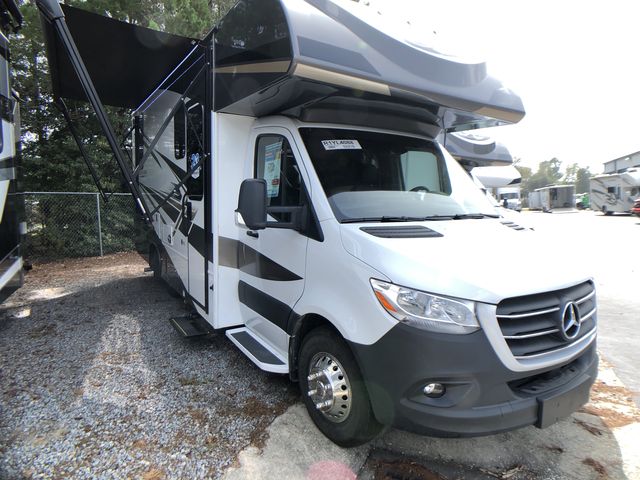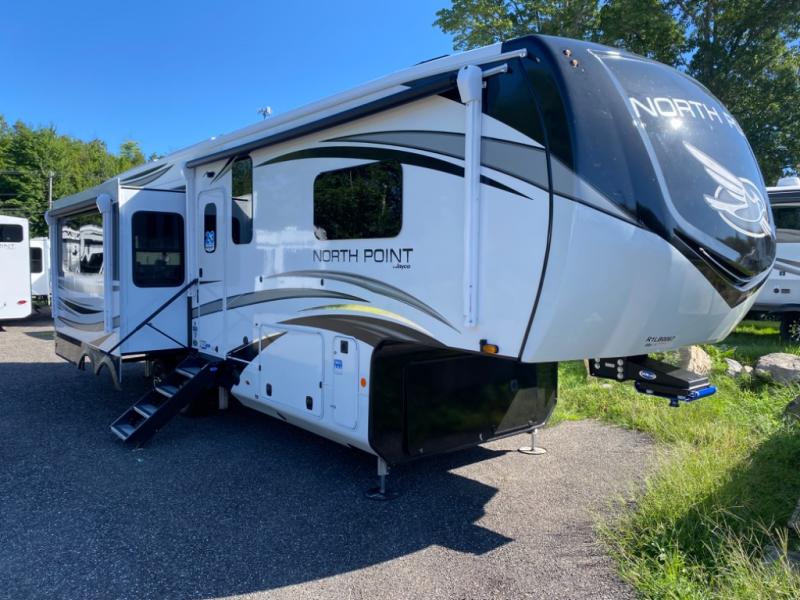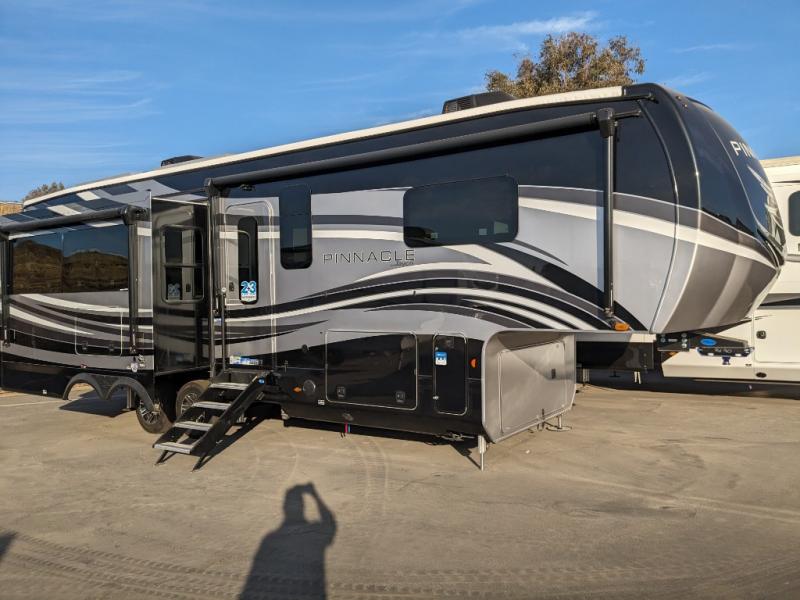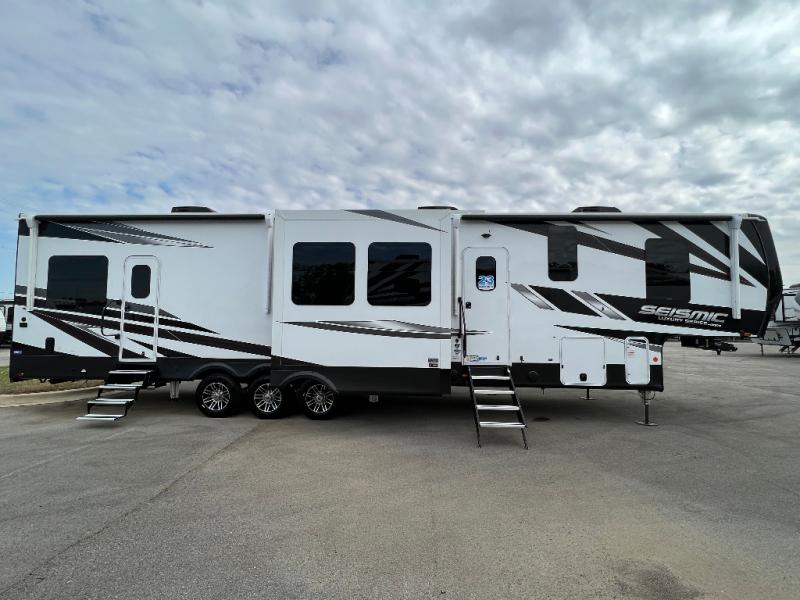2 minutes reading time (432 words)
RV awnings are a popular accessory for recreational vehicles, providing shade and protection from the elements while enhancing the outdoor living experience. Here's a comprehensive overview of RV awnings:
Types of RV AwningsManual Awnings: These require physical effort to extend and retract. They are more affordable but less convenient than automatic versions.Automatic or Motorized Awnings: These extend and retract with the push of a button, offering convenience and ease of use. They are more expensive and may require a power source.Fixed Awnings: Permanently attached to the RV, these offer constant protection but can be less flexible in terms of deployment and storage.Slide-out Awnings: Designed to protect the top of an RV's slide-out room, these awnings prevent debris accumulation and water pooling.Window and Door Awnings: Smaller awnings that provide shade and rain protection for windows and doors.Patio Awnings: Larger awnings that extend to create a shaded outdoor area beside the RV.MaterialsFabric: Commonly made from durable materials like acrylic or vinyl. Acrylic is breathable and dries quickly, while vinyl is waterproof and suitable for areas with heavy rainfall.Frames: Usually constructed from aluminum or steel. Aluminum is lighter and resistant to rust, while steel is stronger but heavier.Features to ConsiderSize: Match the awning size to your RV's dimensions and the amount of outdoor space you want to cover.Weather Sensors: Some high-end motorized awnings have sensors that automatically retract the awning in high winds.Integrated Lighting: LED lights can be built into the awning for nighttime use.Adjustable Pitch: Allows for changing the angle of the awning for optimal shade and rain runoff.Color and Design: Aesthetics to match your RV's style and personal preference.Installation and MaintenanceInstallation: Some RVs come with pre-installed awnings, while others can be fitted aftermarket. Professional installation is recommended for best results.Maintenance: Regular cleaning, checking for tears or damage, and ensuring the awning is dry before storage to prevent mold and mildew.Safety and Usage TipsRetract in Bad Weather: High winds and heavy snow can damage the awning.Secure Properly: Ensure it's fully retracted and secured while driving.Use Tie-Downs: In mild winds, awning tie-downs can provide extra stability.Avoid Hanging Objects: Hanging heavy items from the awning can cause damage.ConclusionRV awnings significantly enhance the comfort and functionality of your recreational vehicle. Whether you choose a manual or automatic model, it's important to consider the material, size, and additional features to find the best fit for your RV and lifestyle. Regular maintenance and proper use are key to prolonging the life of your awning.
© 2023 WEnRV.com, a division of Outdoorsmen.com, Inc. Contact Us: 1 (888) 838-3396

